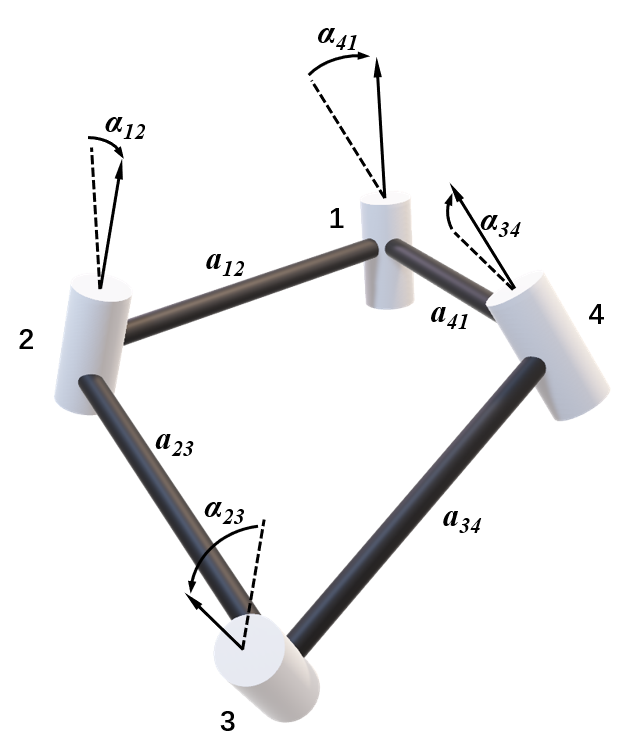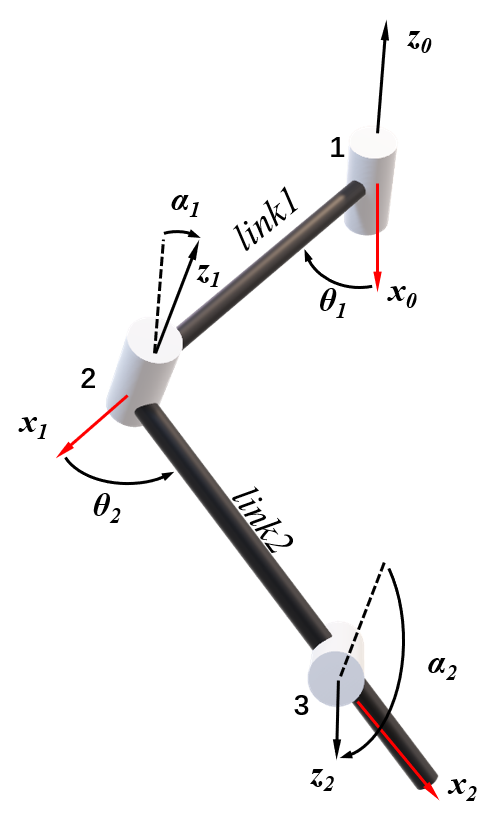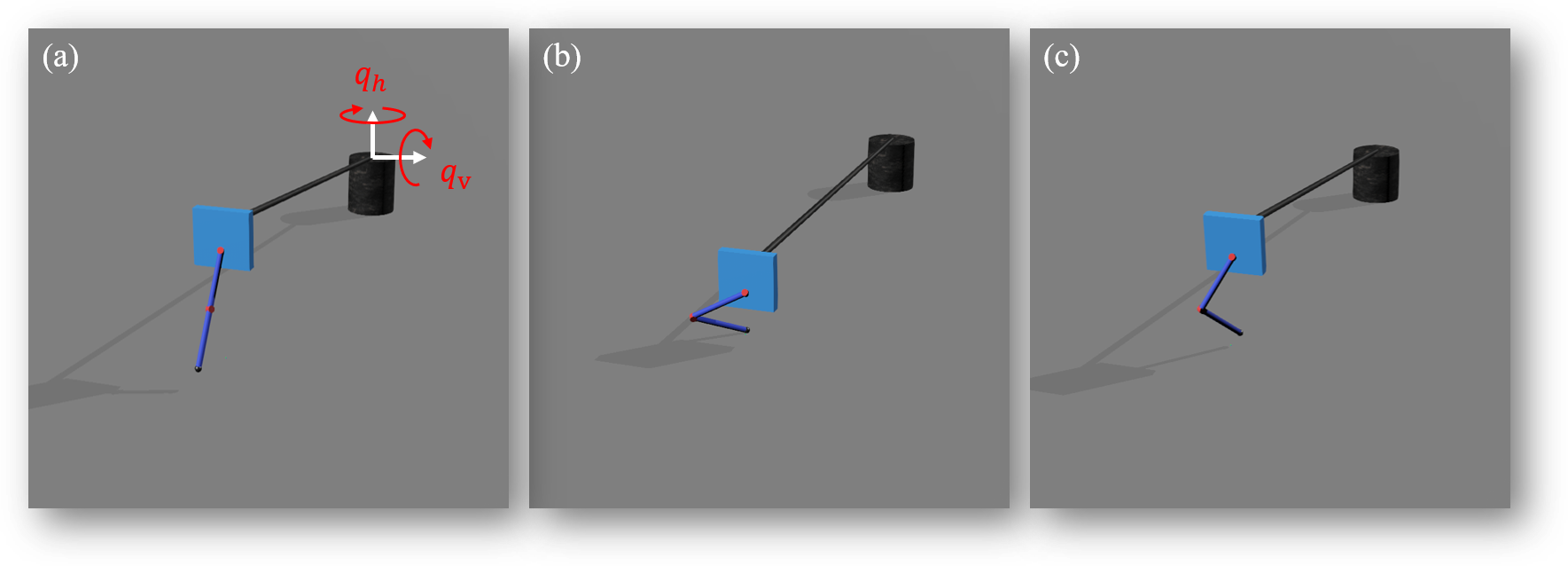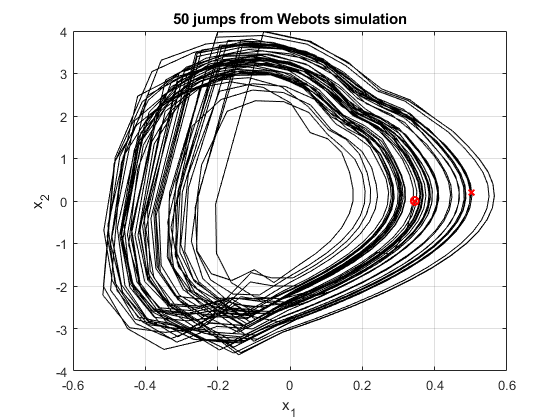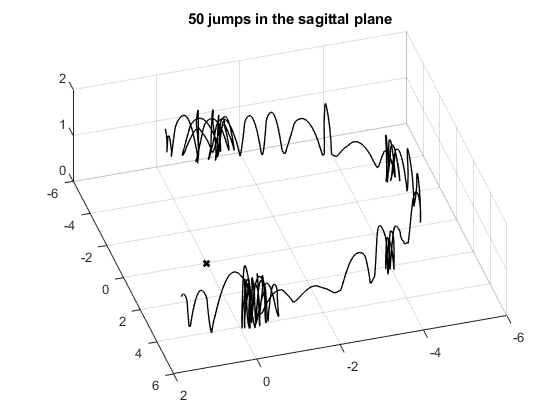overconstrained-locomotion
- This is my Undergraduate thesis. This work investegated possible locomotion of an overconstrained leg.
- This work has some initial results of monopod hopping with overconstrained leg; however, it is restricted to a sagittal plane. An independent robot with overconstrained leg must has at least 2 legs. Therefore, future works are expected to solve possible biped/quadruped locomotion.
- Details of this work can be seen in docs\sustechthesis_WangBY_UG21.pdf
Bennett's four-bar linkage
This is an exapmle, or the source of our ispiration, of a Bennett's linkage.
Overconstrained leg
The overconstrained leg is literally half of the four-bar linkage. The first two joints 1 and 2 are chosen to be actuation.
Controller design through templates composition
We first studied a monopod with overconstrained leg. Its frontal plane and sagittal plane view is shown below:
Controlling this monopod jumping in a sagittal plane requires consideration of its foot placement that is not directly underneath the body.
Webots experiments
Results
Here are some initial results of the monopod hopping in the sagittal plane.
Some experiments are recorded in videos.
References
[1] The Penn Jerboa: A Platform for Exploring Parallel Composition of Templates
[3] Reactive Planning and Control of Planar Spring–Mass Running on Rough Terrain
